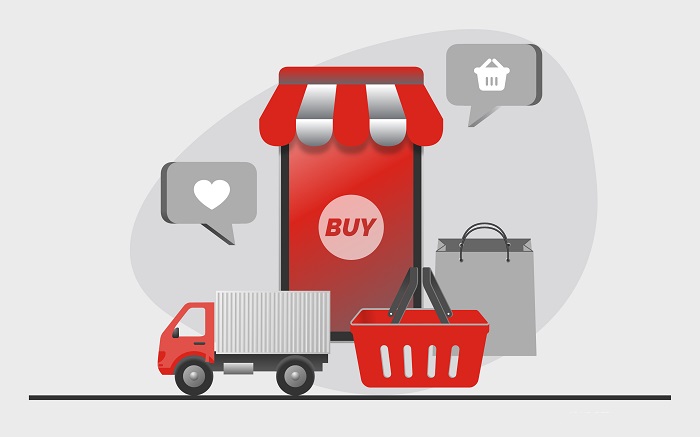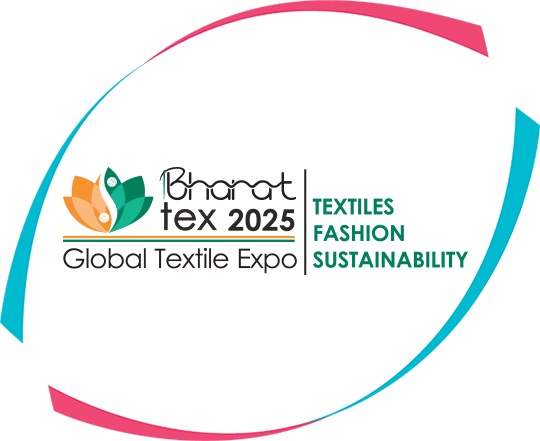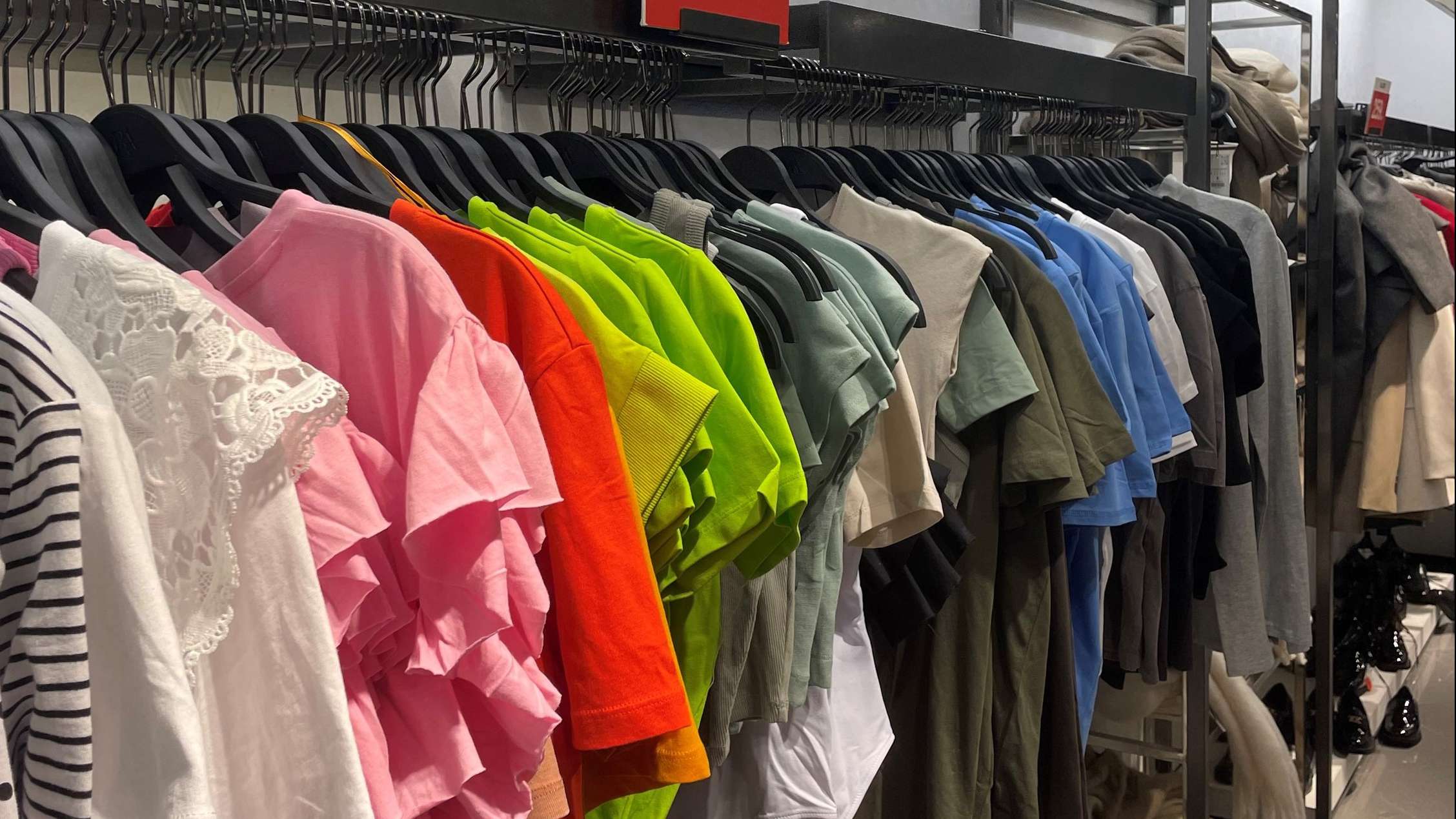‘East Asia to drive global economic growth’ – World Bank
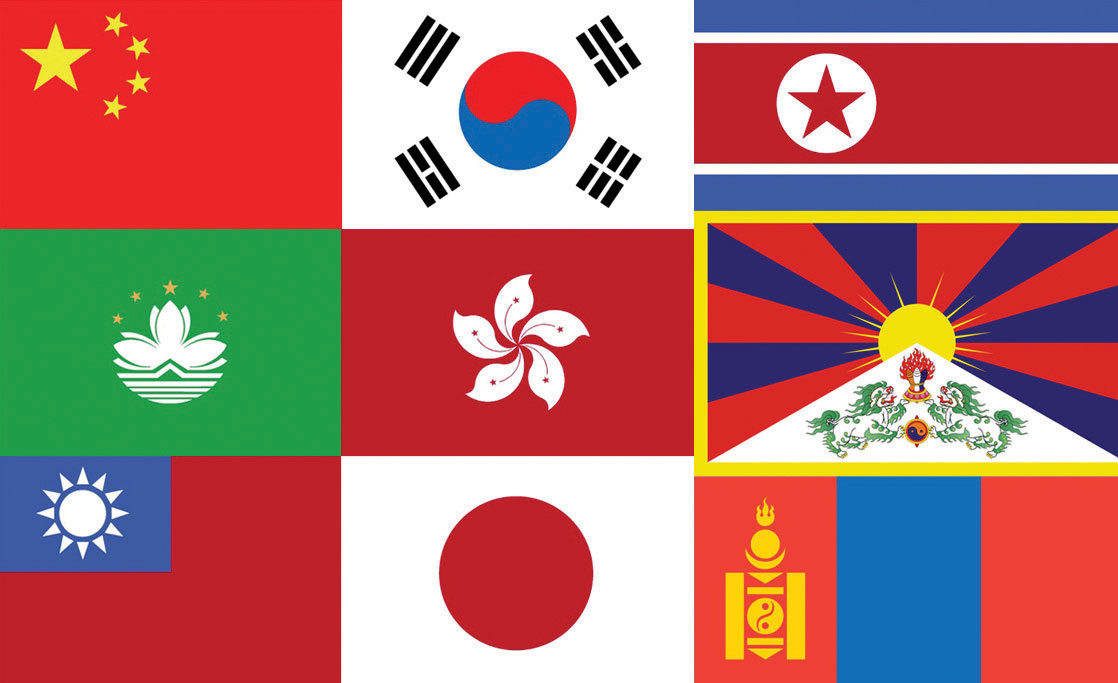
According to a new World Bank report, East Asia remains one of the main growth drivers of the world economy, comprising of nearly two-fifths of the global economic growth. Moderating slightly from 6.8 per cent in 2014, overall, the region is expected to grow by 6.5 per cent in 2015. Structural reforms needed Axel van Trotsenburg of the World Bank said that growth in the developing East Asia Pacific continues to be solid; however, the moderating trend suggests that policy makers in the region must remain focussed on structural reforms that lay the foundation for sustainable, long-term and inclusive growth. Trot... Read more
‘There is nothing that’s truly sustainable’ - La Rhea Pepper

Sustainability in clothing is the buzzword in eco-fashion or eco-fabrics today. La Rhea Pepper, Managing Director, Textile Exchange throws light on what they do to bring about the change in environment. A thirteen year old company, Textile Exchange believes in using textiles as a catalyst, as a means to create change. “Originally Textile Exchange was an organic exchange and our focus was on organic cotton. We felt organic cotton should be a market-driven solution to address issues such as the use of pesticides and water. Crop rotation was a vital issue. When you think of the way textiles are produced or manufactured, there was no vision of long te... Read more
Emerging markets key to global brands’ expansion plans
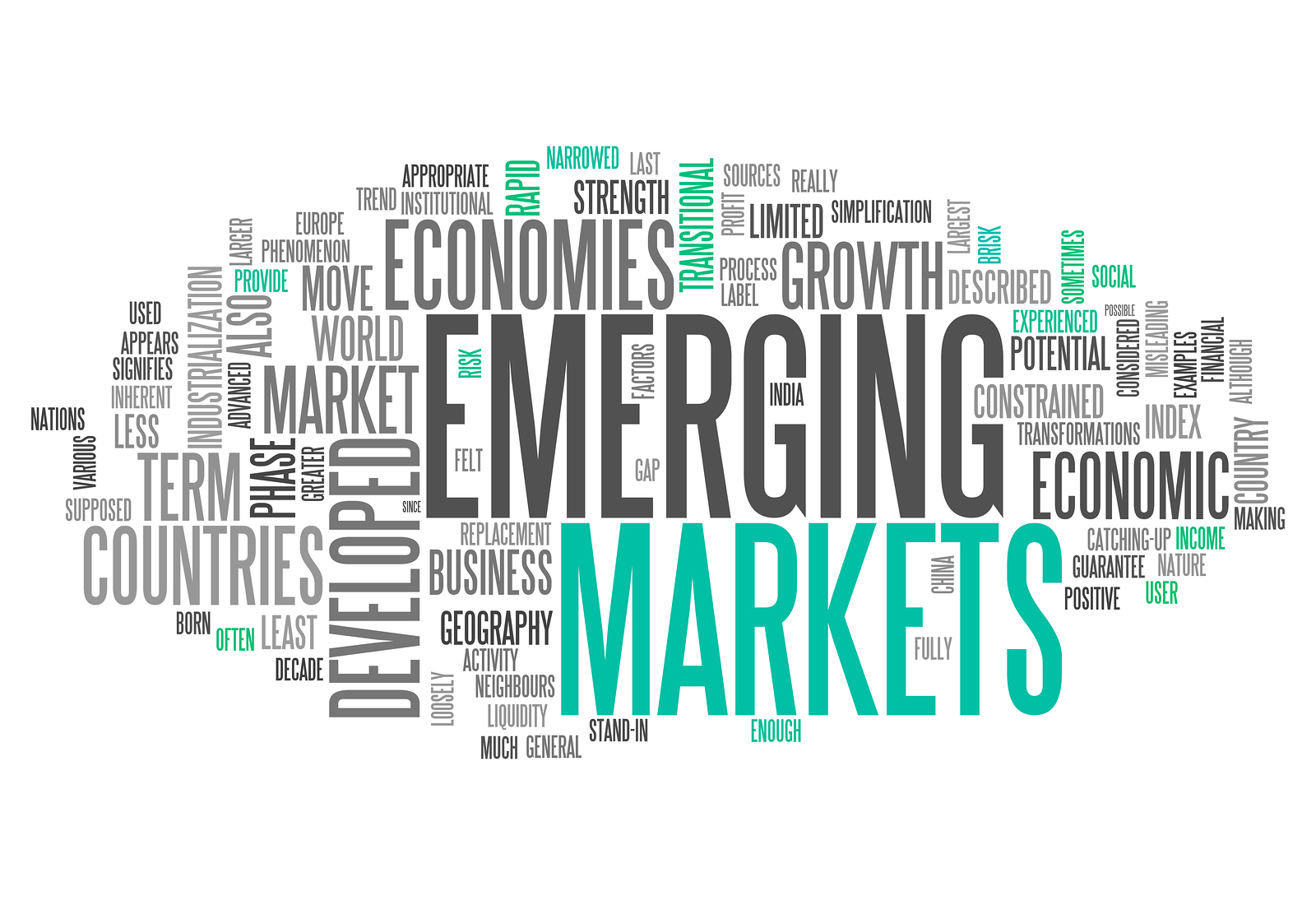
A.T. Kearney's Global Retail Development Index (GRDI) has guided global retailers with their strategic investments since 2002, a period in which the retail environment in developing markets has undergone massive transformation. The latest edition focuses on the fact that retailers' increased understanding of developing countries is more important today than ever before, as these markets struggle with shifting economic and political trends—sometimes in an extremely short timeframe. Guide to future prospects of the emerging markets Overall, retailers over the past year took a longer-term view of developing markets, staying put in ... Read more
Fashion industry, the second largest polluter after oil

The clothing industry has emerged as the second largest polluter in the world, after oil. In fact, the Greenpeace Detox campaign, since 2011 has challenged some of the world’s most popular clothing brands to eliminate all releases of hazardous chemicals. A big fashion carbon footprint Eileen Fisher, a clothing industry magnate, known for her commitmentfast fashion 1 to environmental causes explains fashion is a complicated business that involves a long and varied supply chain, raw material, textile manufacture, clothing construction, shipping, retail, use and ultimate disposal of the garment. Fashion carbon footprint... Read more
'Made in Europe' revolutionising the global garment industry

European garment, textile and fashion industry is doing well this year, the official year for European Year for Development. Moreover, it is contributing a lot towards global development. Contributing in a big way Some of history’s most important textile and fashion inventions and today's most celebrated manufacturers, innovators and artists hail from the continent. ‘Made in Europe’ is a label steeped in heritage, unparalleled quality and award-winning craftsmanship. Hundreds of leading brands, retailers, internationally acclaimed designers, thousands of talented emerging designers and forward... Read more
Consumer demand for ethical products picks up

When Daniel Lee, Executive Director, Levi Strauss Foundation (LSF) asked, how many people knew where the clothes they were wearing made, only a few responded positively. According to recent data, the majority—84 per cent, pick responsible products whenever possible; however, the availability of these products is the biggest barrier to not purchasing more. Lack of awareness about ethical products With sustainable buying making huge strides among consumers, there’s still a huge disconnect between consumer demand for more ethical products and a lack of awareness of how and where the clothes are made. Lee said that this... Read more
Global apparel manufacturing changing rapidly

Global manufacturing production is expected to maintain a steady rise in 2015, although the prospects of growth vary by region and country. According to midyear estimates by UNIDO, the annual growth of world manufacturing value added (MVA) is likely to be around 3.5 per cent in 2015. Two major trends are emerging on the global apparel manufacturing map – western brands moving their sourcing to Asian countries other than China; and reshoring happening in countries like US. China loses ground, sourcing moves to other nations While Asia, particularly China, has enjoyed a dominant position in shoes, apparel and household te... Read more
Conclusion of TPP negotiations to impact global trade dynamics
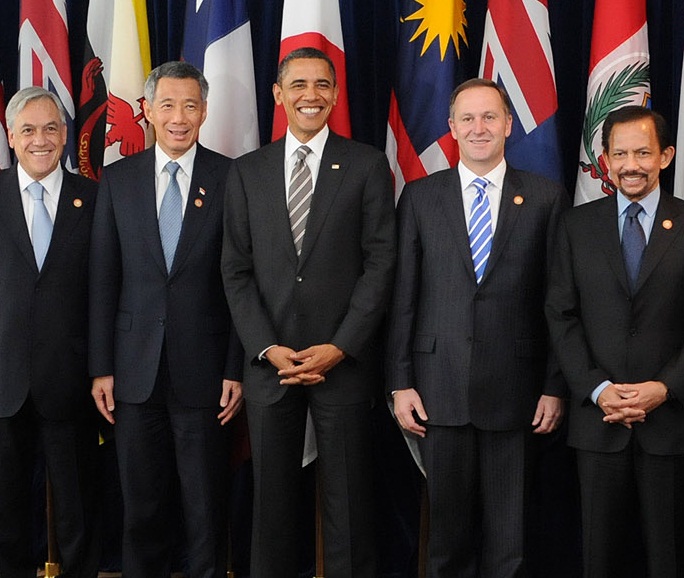
The recently concluded Trans-Pacific Partnership (TPP) negotiations in Atlanta were recognised by the United States Fashion Industry Association (USFIA). According to Julia K Hughes, President, USFIA, TPP represents an important opportunity for American fashion brands, retailers, importers, and wholesalers, who are already doing significant business in several TPP partner countries. She and her members thanked Michael Froman, the US Trade Representative and his team for their many years of hard work to conclude this agreement. About 80 per cent of respondents said they expect the TPP to affect their business practices. Ho... Read more
Apparel companies need to innovate among shifting tides

A Mckinsey study on the future of global apparel retail reveals the dynamics of the apparel industry are changing dramatically. To succeed amid shifting tides, companies need to build competencies. Companies, have to keep a tab on fast-moving fashion keeping them on their toes to be in sync with the trends and changes in consumer behaviour, who not only want to see a level of freshness in their products, but also in the entire shopping experience. Boosting retail, tapping the consumer psyche The size of global apparel business is growing and expected to generate double digit growth between now and 2020. Much of this growth is coming fr... Read more
Near sourcing changes dynamics for apparel business
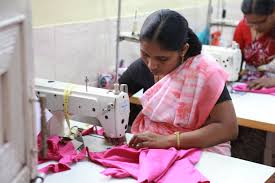
While rising production costs in China and its shift towards value-added goods has not really undermined its position in the world textile and apparel sourcing market, however, western countries are increasingly looking for low-cost sourcing destinations and shifting focus on near sourcing manufacturing. As Rahul Mehta, President, IAF points out, “The concept of manufacturing closer to home is catching on. It will impact global dynamics. Manufacturing countries will look at non-traditional markets since they can’t afford to depend on markets that are not growing much. Europe and South America will expand faster. Production will be higher in South America since US compani... Read more
As competition increases, Bangladesh’s RMG exports see a dip
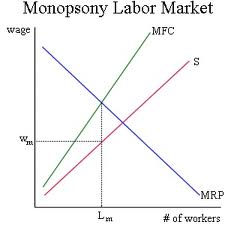
Bangladesh saw remarkable growth in export of ready-made garments (RMG) to the United States between 2005-11. However, since then growth has slowed down for both knits and woven garments. Between 2011 and 2014, total apparel export rose by 7.3 per cent, which was a little more than the increase in the US apparel import demand. This means that Bangladesh had a marginal rise of 0.1 per cent in its share of the US market. A decrease in exports of Bangladesh’s single largest export destination shows that there is a downtrend in garment exports. AGOA may cause disruptions Now Bangladesh has tough competition from Africa which is fast emergin... Read more
Currency fluctuations continue to impact China's exports
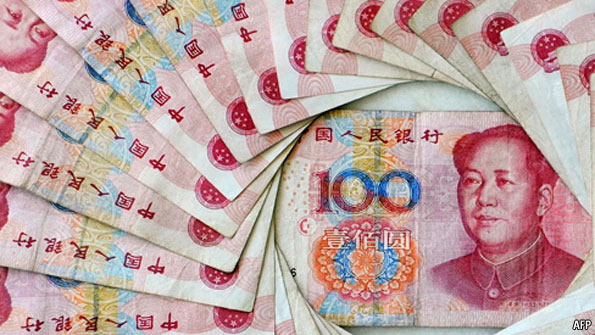
As per a report by China Chemical Fiber Group (CCF Group), strong US dollar and sliding euro, Japanese yen and rouble against Chinese yuan made a negative impact on the country’s exports in July and during the January to July period. In July, export value of textile and apparel totalled around $27.25 billion, down 10.20 per cent year-on-year, of which textile export value totalled around $9.51 billion, down 5.86 per cent. Apparel export value totalled at $17.74 billion, down 12.36 per cent year-on-year. In the January to July period, China textile and apparel export values totalled around $155.63 billion, down 4.41 per cent year-on-year, of which textile... Read more
US lucrative for Chinese, Indian manufacturers to set up units
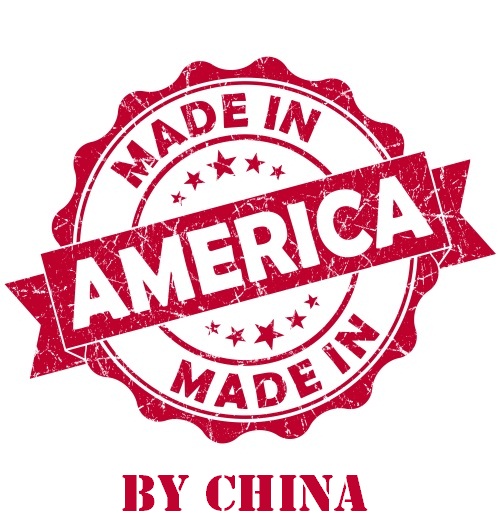
Textile mills that processed cotton and wove it into cloth were once a monopoly of the southern US states before World War II. However, in the past 50 years, free trade agreements, automation and competition from countries such as China have affected these mills. Eventually, their businesses have touched ground zero. However, now, some textile jobs are making a comeback, but in a different way. As The New York Times reports, some Chinese manufacturers are setting their businesses in the US, after realising that it is cheaper to manufacture their products in Southern America than in China. South offers lucrative business prospects A Chinese ... Read more
Riding on optimism, US textile & apparel outlook positive

The US domestic textile and apparel industry is on a positive growth trajectory as the sector has seen a good year until now. There’s support for macro-economic growth with the country’s gross domestic product expected to grow at more than three-per cent annually. What’s added to their optimism is the low interest rates spurred both by household and business spending, sharp drop in energy costs, big increases in net worth engendered by Wall Street and housing recoveries, and, improving consumer optimism as unemployment continues to edge lower is proof that the picture looks rosy enough. Factors contributing to growth Indeed gene... Read more
India: Despite bleak outlook, industry must focus on prospects
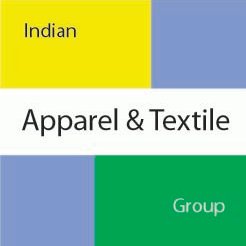
Though a slowdown in China, political unrest in Bangladesh and labour and other issues in Vietnam gave an opportunity to Indian textile exporters, the segment managed to expand its performance rate by just 8.2 per cent over the last three years. While the average annual growth rate of Chinese textile and clothing exports slowed to 6.1 per cent since 2012 from as high as 20.1 per cent in 2011, India’s average expansion rate is just 8.2 per cent against 15.8 per cent reported by Vietnam since 2012. Even Bangladesh, despite all the challenges it has been facing, the country has managed a growth rate of 7.8 per cent &nbs... Read more
‘Made in Europe’ a strong label despite slow economy

"The European apparel industry has got a boost with advent of e-commerce. European online retail sales are expected to hit €191 billion ($249 billion) in 2017, up from €112 billion ($146 billion) in 2012 led by the current back-space facing countries of Spain and Italy, according to new data published by Forrester. Also, online retailing is expected to go up a good 2 per cent from 2013 to 2017." Despite facing challenging economic conditions, the European fashion market is popular because of its high-end fashion labels, innovations and retailers. Accounting for one third of the world’s total textile trade, annual consumer apparel sales in Europe a... Read more
India may not be able to achieve $47.5 billion export target
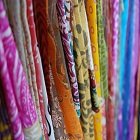
India may not be able to achieve the textile export target set for the fiscal year 2014-15 owing to rising global competition and lack of initiatives on the home-front. The government has set a target of $47.5 billion for textile and clothing exports for the current fiscal year, aiming for an almost 14 per cent rise in export orders from the actual level of 2014/15. But the country’s overall textile and garment exports grew roughly around 5 per cent to $41.4 billion against the official target of $45 billion for 2014/15, according to Textile Ministry data. The report of the Working Group constituted by the Planning indian textile export ... Read more
Volume of apparel imports to the US on the rise, says OTEXA

As per the latest figures from the Department of Commerce’s Office of Textiles and Apparel (OTEXA) the volume of US apparel imports from all sources grew 4.8 per cent year-on-year in September 2015, down from the 13.5 per cent increase in August 2015. Imports reached 2.69 billion square metre equivalents (SME), up from 2.56 billion SME in September last year 2014 In September 2015 apparel imports into the US continued its upward trajectory, with seven of the top 10 supplier countries booking year-on-year growth. Despite rising wages and strong currency, China continues to be the largest exporter, keeping the TPP benefits in mind, Vietnam too recei... Read more
Garment trade would boost Africa's economy
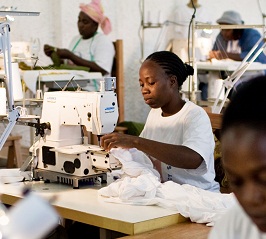
Africa's entry into garment trade would aid its economy, say experts. Historically, manufacturing has made nations rich as many people move from low-productivity farm jobs to higher-productivity industrial work without the need to acquire many new skills. And the garment industry is one such that does not require too many skills or an expensive infrastructure. The continents economy would do well and in turn be able to support garment manufacturing. Consequently, workers would demand higher wages for low- margins, hypercompetitive garment factories. Following this, they would acquire high-wage jobs, the factories would shift to a lower-wage locale... Read more
Rising costs a bane for China’s textile and apparel business

"The trend indicates that low-cost production enjoyed by the country two decades ago is now history and it is no longer profitable for many manufacturers, both international and Chinese, who are moving away from China in search of greener pastures. In addition to rising wages and energy costs, higher logistics costs and government quotas on imported cotton are other major reasons why manufacturers are exploring other destinations" China’s demand as the textile manufacturing hub is waning as Chinese workers are asking for a hike in wages and thus, local manufacturers are finding ways to combat the current challenges. Higher pay, a stronger currency... Read more
Russia opens doors to emerging Asian nations

The Russian clothing and footwear market has been suffering due to low demand and consumer sentiment since 2014. This has forced many European brands to exit the market. China on the other hand is losing its position as the world’s leading garments manufacturer and this has opened Russia’s doors for other Asian countries. Studies suggest that from the beginning of 2015, the Russian clothing and footwear retail market declined by 25–35 per cent in volume terms. It is, however, expected to grow at about 3.5–4 per cent by the end of the year in terms of value to reach 3.21 trillion rubles ($60.9 billion), according to Y-Сonsulting ana... Read more
Kenya's apparel industry on the upswing, sourcing to boom
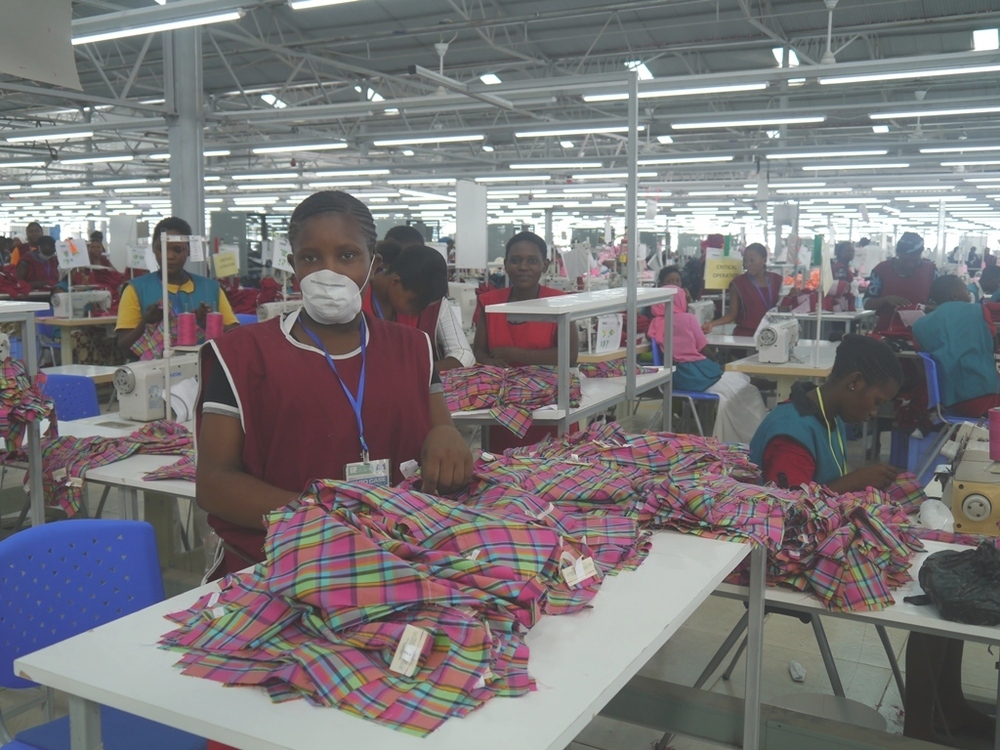
Kenya is fast emerging as a strong apparel sourcing destination for the West. This was confirmed by a McKinsey & Company’s study which revealed Kenya will be the next hub for apparel sourcing in East Africa. The renewal of African Growth and Opportunity Act (Agoa), the US Trade Act, has significantly enhanced market access to America for qualifying Sub-Saharan African (SSA) countries. Also, some steps taken by the government has also led to the rise in interest in Kenya as a potential apparel sourcing destination. After visiting garment factories, interviewing players, including manufacturers and buyers, and analysing market data, the authors arrived a... Read more
‘Vietnam cannot overtake B’desh exports to the US’ Fazlul Hoque
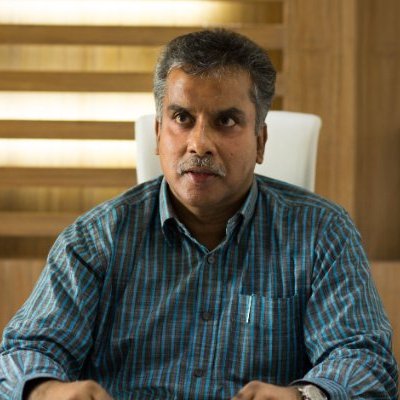
Two-decade old Plummy Fashions started its journey as a small knitwear exporting company. Recently it got ‘Greenest Production Facility’ in the world certificate from a UK-based association. “Some are not really interested in the green idea. That means they are focusing on their margins and benefits. But there are good buyers and good initiators who support our ideas and sustainability concept. They are leading brands in Europe and the US,” says Fazlul Hoque, Managing Director of Plummy Fashions and former president, Bangladesh Knitwear Manufacturers & Exporters Association (BKMEA) and Bangladesh Employers’ Federation. Challenges facing Ban... Read more
Myanmar emerges strong as low-cost sourcing destination
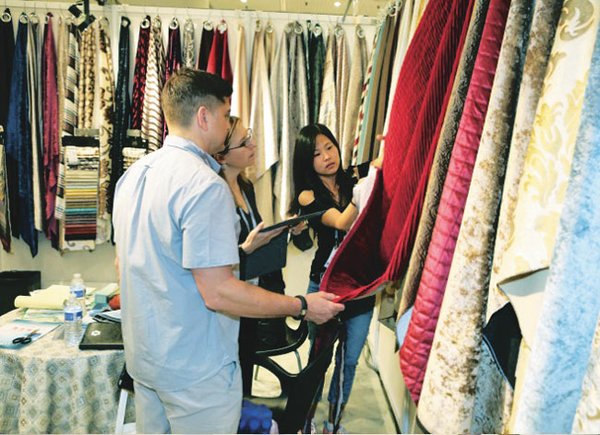
With China losing its status as a low-cost manufacturing hub, because of the rise in labour and production costs and changes in government regulations, countries such as Myanmar are emerging as next affordable manufacturing hubs. Importing countries from the West are now exploring new unexplored markets. So, how to identify an untapped market? One way is to identify the cost drivers that determine the overall cost of the product. The other benefit by doing so is that the company can devise the strategies to reduce the biggest cost driver, and also help in the negotiation process with the service provider. Rising raw m... Read more
China loses low cost edge, South Asia emerges strong
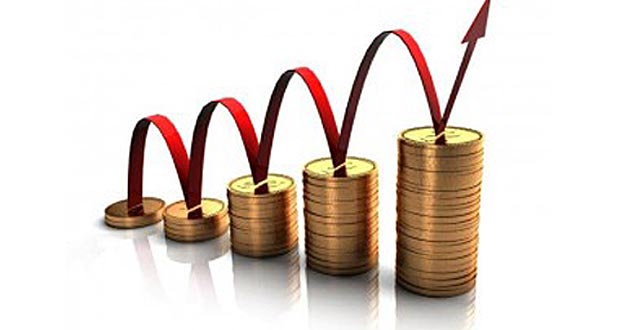
"TAL example indicates at the larger picture in China where manufacturing anything from clothes to toys was considered extremely cheap once upon a time due to low wages and production costs. However, now with complicated government policies and the country’s quest to move to higher-value manufacturing, the situation is changing." When TAL Group, one of Asia’s largest manufacturers and maker of pants for brands like Banana Republic and J Crew opened its production unit in a Southern China city in 2007, the plan was to continue manufacturing at least for two decades. However, now the Hong Kong-based apparel maker has decided to the pull shutters on ... Read more
Ethiopia emerges strong sourcing destination, min wages a concern

"Ethiopia has many positives from a stable and peaceful political environment, affordable electricity to cheap labour. Entry-level salaries for workers in Ethiopia's textile industry range from $35 to $40 a month, lower than Bangladesh's minimum wage of $68 per month and far below the average wage of $500 in the China. Ethiopia doesn't follow any minimum wage rule, hence, workers are often willing to work for whatever wage they are offered." While on one hand, low wages, cheap power and a stable political situation are posing as lucrative reasons for foreign textile companies like H&M to move its sourcing needs to Ethiopia, experts warn that e... Read more
Japan could emerge as a strong market for Indian players
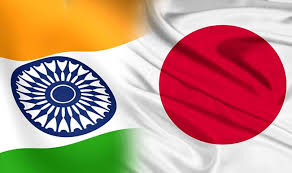
Ahead of the much-talked about Japan India Industry Promotion Association’s (JIIPA) three-day day long ‘India Trends Fair - 2015’ in Tokyo to be held from July 15 to 17, Vijay Mathur, Additional Secretary General of Apparel Export Promotion Council (AEPC), says “I think Japan is serious about India. They feel India has become an important partner but the results can be seen only after a decade or so. By that time, India may be a significant supplier to Japan. Right now, our share in Japanese garment imports is 0.9 per cent.” He further added that it will take time to make Japanese turn away from China. Japan and China have strong apparel relations.... Read more
US: Consumer spend on traditional apparel formats dwindles
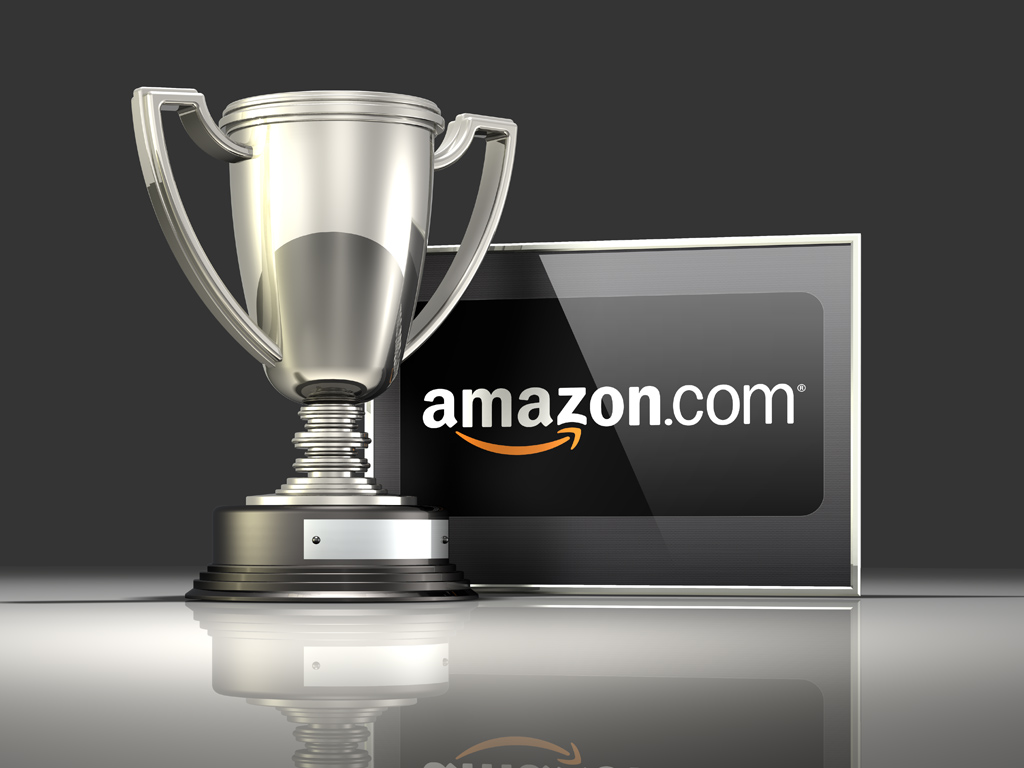
In its latest 'Industry Update', financial services firm Cowen and Company has said that traditional apparels are suffering as the American consumer is now investing in big ticket items, fast fashion and off-price and wearables. Apparel consumer price index (CPI), which looks at the average change in prices over time for a predetermined basket of consumer goods, fell 2.3 per cent in July, rare phenomenon witnessed over the last decade. Investing in smart wearables The reason for this pressure, as per Cowen are three visible trends: Amazon will be the largest US apparel retailer by 2017 with its apparel busine... Read more
Overseas competition proves tough for US brands/retailers

US clothing retailers' stronghold on fashion forward people seems to be waning as sales have dipped in recent years. And, it’s not just the online shopping revolution which gives competition, the overseas competitors too are weighing heavy on US retailers. Though New York is considered a major shopping destination with variety and prices that attract tourists and locals, top brands such as J.Crew, GAP, Abercrombie & Fitch are losing customers. Young customers say that they are not happy with the fabric of the garment at GAP as it starts looking old after just one wash. Many others feel GAP is generic and that they do not identify with the lab... Read more
China, emerges a huge market for global apparel brands

China's young have taken to fashion in a big way. And a ripple down affect, it has given a huge boost to global labels, whose stores have mushroomed in most cities across the country. Indeed, it is easy to understand why China has emerged as one of the biggest markets for consumer products, particularly for clothing. Fashion-consciousness on the rise China has seen quick expansion of big brand names led by a sudden rise in fashion-conscious among consumers and the weak performances of world’s largest fashion retailers in their home markets in the US and Europe. Though growing rapidly, the Chinese market is sti... Read more
China expected to be world's largest apparel market by 2019
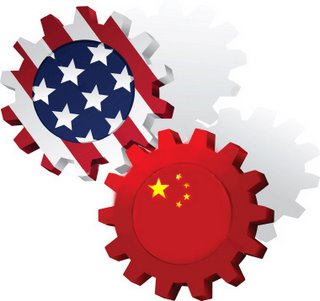
Despite falling yuan, rising raw material and labour costs impacting the country’s apparel market, China will continue to be a leader in global apparel market. As per Euromonitor forecast, China will exceed the United States to become the world’s largest apparel market by 2019. China to strengthen its position The report suggests annual apparel sales in China will reach $333,312 million in 2019, an increase of 25 per cent from $267,246 million in 2014. In comparison, apparel sales in the United States are estimated to reach $267,360 million in 2019, which is only 3 per cent higher than $260,050 million ... Read more
Iran emerges a lucrative market post lifting of sanctions

After the signing of nuclear agreement between Tehran and US and its allies, the world is looking to do business with Iran. In fact, every industry would be affected after the rollback of sanctions, certainly the textile and garment sector is no exception. Import of fabrics set to soar Iran had recently announced it would be importing fabrics from Italy and other countries that had earlier announced they would do business after the sanctions are lifted. For India its good news as Iran imported $1.29 billion of textiles and clothing from the world in 2014 of which textiles was $1,292 million and clothing was only $4 million. India’s share... Read more
TPP creates opportunities for US textiles, apparel sector
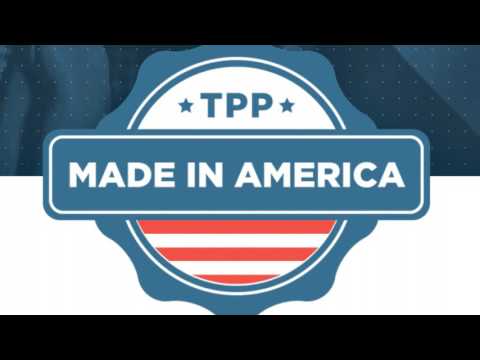
"An estimated $48 million in duties are levied on US exports of textiles and apparel products in TPP markets including Australia, Brunei, Canada, Chile, Japan, Malaysia, Mexico, New Zealand, Peru, Singapore and Vietnam, every year and $835 million were levied in new TPP markets such as Brunei, Japan, Malaysia, New Zealand, and Vietnam in 2014. Certain textiles and apparel exports face tariffs as high as 34 per cent in new TPP markets however, the report indicates that the US would be able to report duty savings in year one under TPP and savings from the new TPP markets may be as high as $932 million." A factsheet released by the US Department of C... Read more
TPP may negatively impact 'Made in USA'

The 12-nation trade deal, the Trans-Pacific Partnership Agreement (TPP) would create a free trade zone stretching from Japan to Chile that includes 40 per cent of world’s economy. It has been a key legislative priority for US President Barack Obama. The yet to be signed deal has also created a huge rift in the American apparel industry with big, national companies on one side and small manufacturers based in Southern California, who fear that the deal would enhance the problem of unemployment. ‘Made in USA’ in danger Big companies like Nike, Gap have been strongly supporting the TPP along with industry groups like the US Retail Feder... Read more
Overcoming challenges faced by sustainable clothing
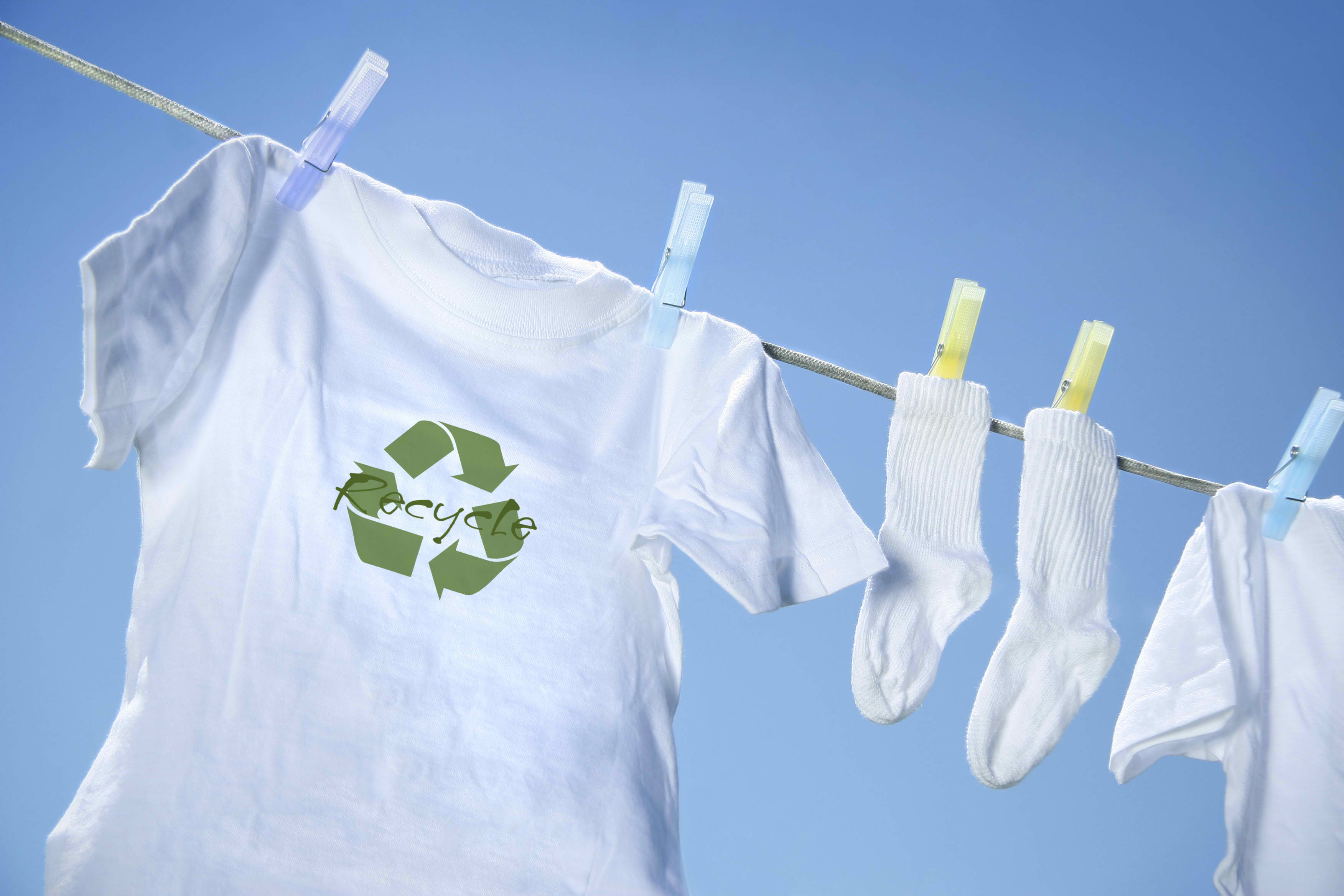
Ethical fashion all sounds great, however, there are immense challenges facing sustainability in clothing. Estimated as the second-most damaging industry in the world in 2013 by the Danish fashion institute, 25 per cent of the world’s pesticides are used to grow cotton alone, and one-fifth of industrial water pollution stems from the dyeing and treatment of fabric. 13 million tons of clothes per year are thrown away by the US alone and conditions in clothing factories worldwide are often poor. A case in point is the Rana Plaza collapse which showed the human impact of an industry largely built on outsourced, low-paid... Read more
Sustainability agenda gets serious attention at ITMA 2015

“The over enthusiastic response the event has generated , with never before kind of visitors, the event certainly gives us a great confidence that our members of CEMATEX will experience the demand in revival of machinery industry as well as textile and apparel industry across the world. Going forward, for 2019 ITMA in Barcelona, we will surprise you with the new theme of the event,” exclaims Charles Beauduin, President of CEMATEX. The global textile and garment manufacturing industry converged at ITMA 2015 in Milan recently to source innovative solutions to enhance their business sustainability. Their commitment to sustainability is evident from t... Read more
Sustainable fashion possible with a three-point agenda
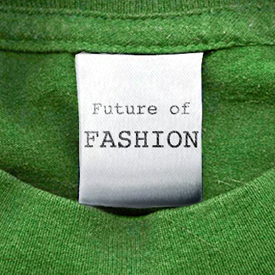
A recent Nielson report states that 55 per cent consumers surveyed across 60 countries want to buy brands that are committed to social and environmental responsibility, and ‘sustainability mainstream’ is on the rise. However, in all likelihood, your clothes come from a sweatshop. Fashion, a big pollutant A few brands, such as Patagonia are truly committed to the cause of sustainability and ethical sourcing. Yet, most apparel chains today are no better than they were in the 90's, when sweatshop exposés triggered a wave of outrage among consumers. In fact, today, the supply chains are more replete with human abuse wi... Read more
Textile companies moving towards a sustainable future
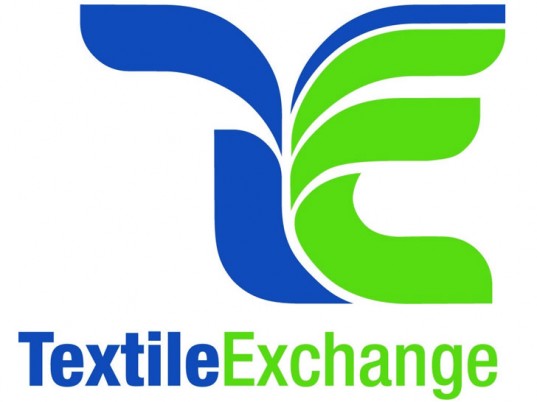
Textile Exchange, a global non-profit organization that works to accelerate sustainable practices in the textile industry has announced the findings of a comprehensive benchmarking report that measures the progress of 57 leading textile companies in their effort to become more sustainable. While there is an overall improvement in the companies’ initiatives to become more sustainable, Textile Exchange points out that the data on usage of preferred materials must be prudent to better assess their efforts. Investing in green practises The Benchmark Program allows companies to track their own progress and also relate i... Read more
USDA forecasts global cotton market outlook
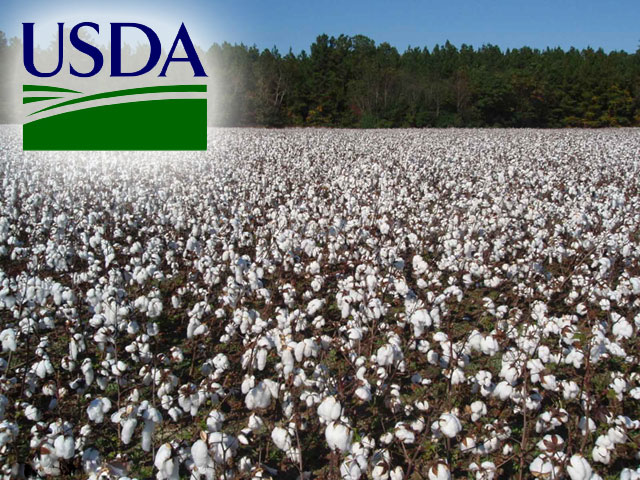
Few significant changes were made to cotton market forecasts for 2015/16 in the latest USDA report. The world production figure increased only 70,000 bales and was essentially unchanged at 111.3 million bales. The world consumption estimate increased only 30,000 bales and was essentially unchanged at 115.3 million bales. The projection for world ending stocks was lowered slightly 217,000 bales from 106.3 million to 106.1 million. At the country-level, there were no significant changes to 2015/16 harvest forecasts, with only minor revisions made to several West African countries. In terms of mill-use, the only notable country level revisio... Read more
ICAC predicts global cotton stocks to decline in 2015-16

International Cotton Advisory Committee (ICAC) has suggested that in 2014-15, world ending cotton stocks have increased by 9 percent to 22 million tons, reflecting a stock-to-use ratio of 90 per cent. From 2010-11 through the end of 2014-15, the world has accumulated 13.4 million tons of stock due to production exceeding consumption. In 2015-16, stocks are projected to decrease 5 per cent to just under 21 million tons, reducing the excess volume by around 1 million tons. After increasing 16 percent to 9.4 million tons in 2014-15, stocks held outside of China are expected to decrease by 4 per cent, to 9 million tons, by the end of 2... Read more
ICAC predicts growth slowdown of world cotton consumption
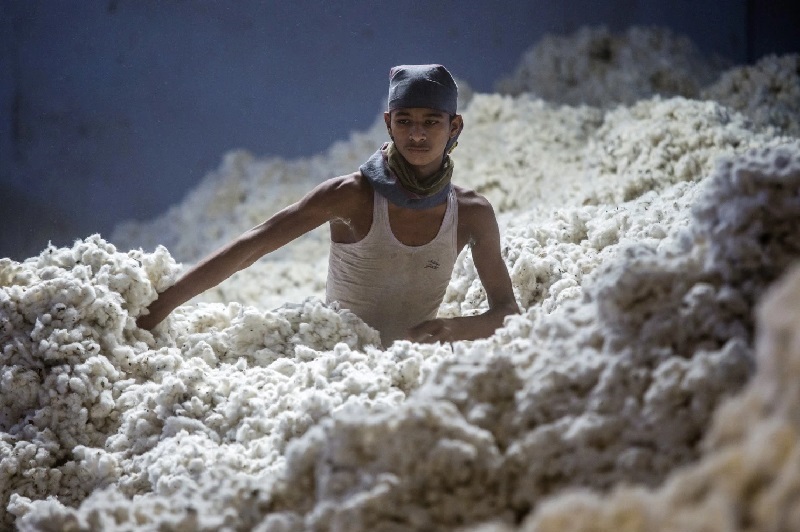
"With consumption slowing down, world cotton imports are forecast to decline by 3 per cent to 7.4 million tons in 2015-16, which would constitute the fourth consecutive season in which import volume declined after peaking at 9.8 million tons in 2011-12. China’s imports are expected to shrink by 33 per cent to 1.2 million tons. Imports by Vietnam during the first two months of 2015-16 are up 63 per cent from the same period last season and may reach 1.1 million tons by the end season." "World cotton production is forecast to fall by 12per cent to 23.1 million tons, which is 1.3 million tons lower than projected demand in 2015-16. Decreases are expected in all five top pro... Read more
Denim players gearing up to deal with 'athleisure' threat
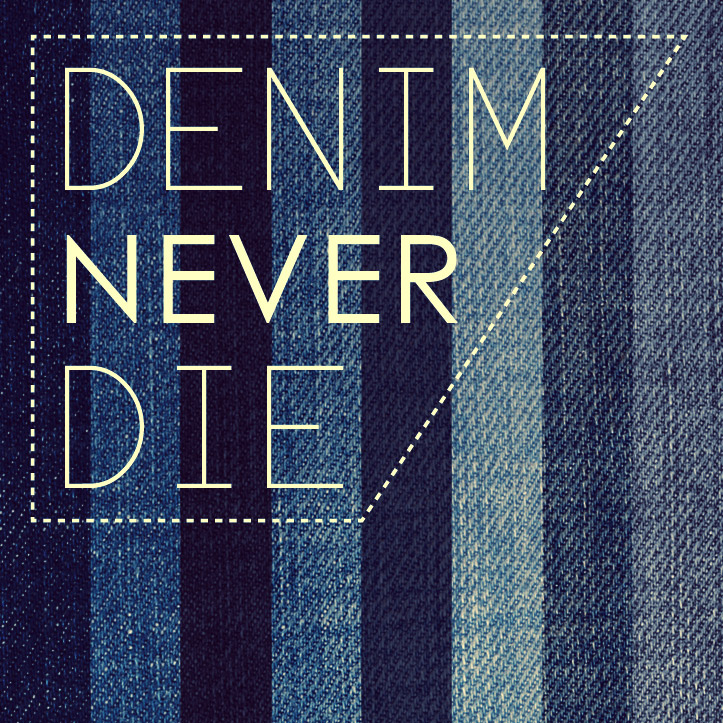
Athleisure is emerging as a strong trend giving a tough competition to denim business globally. However, Robert Antoshak, Managing Director of Olah Inc pointing out the problems and opportunities in the global denim market today, says that while the pressures on the global denim industry are immense as the global recession of the past has left a lasting impact on consumer spending, the industry will surely bounce back soon. Challenges faced by the denims players Credit-fueled spending, according to Antoshak has given way to tight budgets as consumers continue to pay off their debts from the years leading up to the recess... Read more
Industrial Jeans: New Age denim for blue collar workers
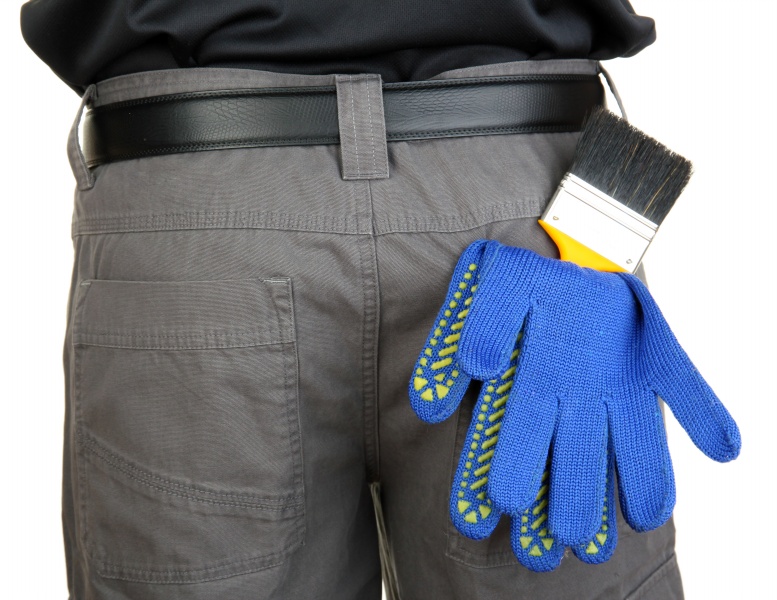
With clothes undergoing a paradigm shift from just something to cover oneself, to fashionable and trendy, and now eco-friendly, ergonomic and even thermochromic garments, the humble trouser has undergone a major change. Earlier, not much thought was given to comfort and protection of people involved in hard labour. But all that is set to change now. A vertically integrated manufacturer and engineer of patented products, World Patent Marketing, recently announced the Miller Industrial Jeans. This invention would give industrial workers comfort in a pair of trousers. Scott Cooper, CEO and Creative Director of World Patent Marketing points out Global Apparel Manufa... Read more
Levi's wooing yoga-pant generation back to denims

Coming to terms with the fact that today's women find themselves comfortable in yoga pants or athleisure than a pair of denims, Levi's has been working hard to create a yoga-pant like feel in their line of denims. Finally, the brand introduced the new women's line ‘Lot 700’, at an event in Manhattan's clubby Meatpacking District. James Curleigh, Levi's President expects the new range to boost wholesale prices over the next three years. And Macy's has already doubled the amount of space dedicated for this brand at its flagship in Manhattan as well as stores across the US. Levi Strauss, which invented the first pair of blue jeans 141 years ago, was ... Read more
Pakistan's denim fabric exports second only to China's
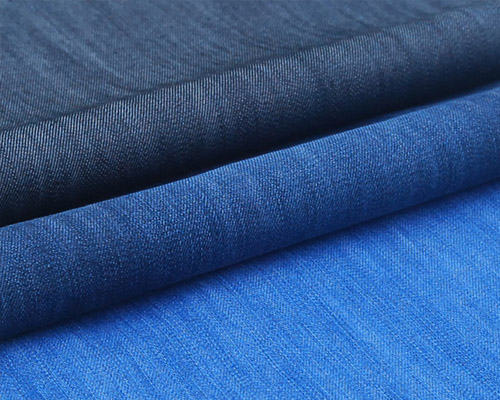
Pakistan has emerged as the second largest exporter of denim in the world after China, says the International Cotton Advisory Committee (ICAC). The average world trade of denim is 670,000 tons per year. Besides China, which is the largest exporter, and Pakistan, other major countries that export denim are: India, Turkey and the US. In 2011-12, export of cotton denim fabrics from Pakistan was 320 million sq. mt. worth Rs 35 billion, which went up to 333 million sq. mt. worth Rs 48 billion in 2013-14, a rise of 18.5 per cent in terms of value. Popularity of denim on the rise By 2020, the global denim jeans market is predicte... Read more
Premium denim brands suffer in UK but gain in US

A Denim Retail study conducted by Editd, which specializes in the use of data to advise retail stores about their product selection points out that in the United States and the UK, there are over 150,000 denim products in the market, and volumes are increasing. Interestingly, demand in both these nations is exactly in contrast. UK and the US demand in contrast While in the UK, product orders for premium and luxury market (averaging $315 for a pair of women’s jeans dropped by 24 per cent, they increased by 9 per cent in the US where the average pair’s price is $179. However, in the UK, in the mass market (jeans for $57) and value market (jeans for ... Read more
‘Make in India’ boost to the country’s denim segment

"The global market for denim is forecasted to reach $64.1 billion by 2020. The Indian denim industry has shown continual growth over the years and currently the country boasts of a denim manufacturing capacity of around 1.1 billion metres per annum. Its utilisation levels are pegged at 80-85 per cent. Despite the impressive statistics, the Indian denim manufacturing industry contributes 5 per cent to the global scenario, reflecting the overall performance of the textiles industry" Although India is the second largest textile manufacturer and also the second largest exporter globally, it contributes a minuscule 5 per cent towards India’s overall ex... Read more
Hemp, the forgotten fiber makes a comeback

Hemp, one of the most versatile and sustainable cash crops on the planet, was also the fiber on which the first paper was made and America’s Declaration of Independence was drafted. However, due to draconian laws established by the Drug Enforcement Administration (DEA), the plant has been a part of the ‘no-grow’ list for over 70 years in the US. Now, all that is set to change. Hemp makes a comeback One of the oldest cultivated crops, hemp has a rich and colourful history from cloth, paper, food, to building materials, fuel, plastic, etc. Canada has fully embraced the recent demand for hemp. It grows almost $1 billion wo... Read more
Bt Cotton makes India the top cotton producing country
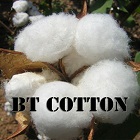
Year 2002 marked the first cultivation of Bt Cotton in India, and since then, it has grown in a big way. Intelligent use of technology can increase farm production in a sustainable way. Pushes up overall growth The per hectare Bt cotton yield has grown significantly over the breakdown of area between rain-fed and irrigated land, in both cases, the rise has been the same. This made cotton cultivation profitable and a rise in yield in turn encouraged farmers to bring in more area under cotton cultivation. Farmers recognised the benefits of technology, and thus adopted it in a huge way. It is als... Read more
Gap Inc's market shares dips in the US

The highly developed and competitive apparel retail landscape in the US has resulted in a drop in market shares of some major brands. Numerous specialty brands, department stores and multi-brand chains competing against each other on design, variety and price, are the reasons for this. Affordable fast fashion brands such as Zara and Forever 21 have a huge share in the market from specialty retailers. Gap Inc, one of the biggest players in the industry has seen a drop in its market share in the US from 5.1 per cent to 4.7 per cent over the past five years. This, despite the brand performing better than other casual brands. The appar... Read more
Iconic American clothing brands face a bleak future
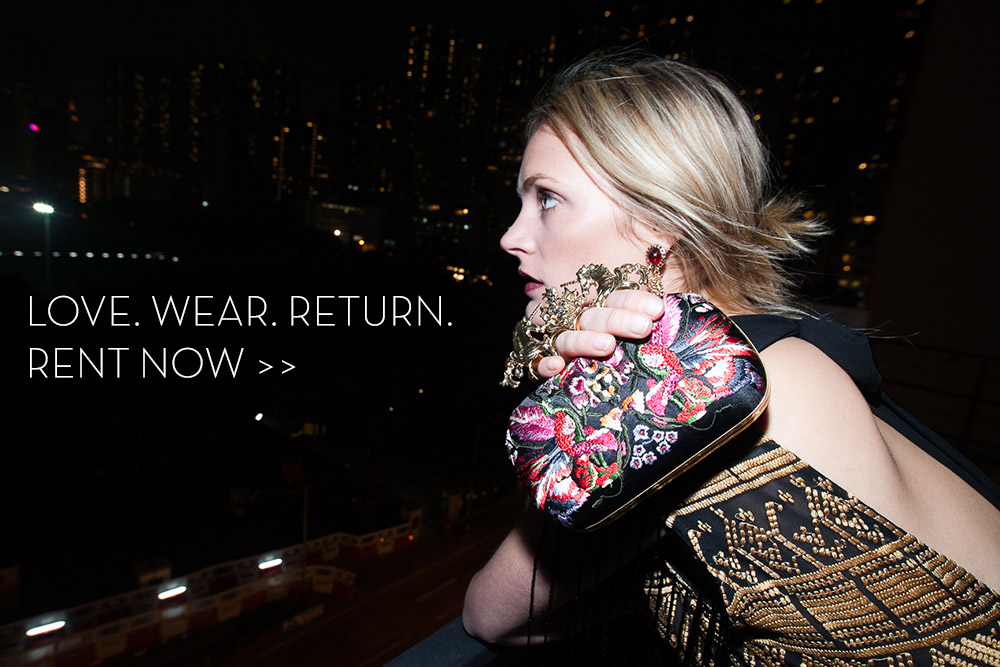
Year 2015 has been where brands such as dElia's, Wet Seal, and Quicksilver have ceased to exist. Then there are others such as Aeropostale, American Apparel, Bebe, and Pacific Sunwear that are practically on life support, and are simply waiting their demise. What led to the downfall of these labels? Retailers are realising that while Gen Y loved brands and loved donning their logos, Gen Z didn’t really care much for that. They, instead pick disposable fast fashion from stores such as H&M, Century 21, and Uniqlo. And, there are three more brands in the pipeline that may face the same fate as the others unless they change their ways. Brands fac... Read more
- 1
- 2
- 3
- 4
- 5
- 6
- 7
- 8
- 9
- 10
Wrap-Up Report 2024: The global denim fabric sector in all about transformation …
The global denim fabric sector was marked by both challenges and opportunities in 2024. While the industry grappled with economic... Read more
Wrap-up 2024 Textile Trade: Who won and who lost in a year of global upheaval
Year 2024 was a dynamic one for the global textiles sector, marked by shifting geopolitical sands, evolving consumer preferences, and... Read more
Year 2024: Global apparel trade sees a change in landscape
The global apparel trade is undergoing a significant transformation, says a recent report by Wazir Advisors. Titled ‘Apparel Trade Scenario... Read more
Fashion Goes Dark: The rise of dark stores in apparel e-commerce
The rise of dark stores is transforming the e-commerce landscape, and the fashion and apparel sector is no exception. This... Read more
The Global Apparel Sector in 2024: A wrap-up report
Year 2024 proved to be a dynamic one for the global apparel sector, marked by a complex interplay of economic,... Read more
Global Textiles Wrap Up 2024, Outlook 2025: Year of resilience and transformatio…
Year 2024 has seen dynamic shifts and surprising resilience in the global textile sector. Despite facing numerous challenges, the industry... Read more
Brands must adapt to win over the inclusive consumer: Kantar's Brand Inclusion I…
At a time marked by increasing awareness and demand for diversity, equity, and inclusion (DE&I), brands are at a critical... Read more
Bangladesh's RMG Sector: Facing challenges, seeking resilience
A new White Paper on the state of the Bangladesh economy has shed light on the challenges and opportunities facing... Read more
Bharat Tex 2025: India’s textile industry leads global innovation and sustainabi…
India's textile industry is a cornerstone of the economy, contributing 2.3 per cent to GDP and employing over 100 million... Read more
EU Garment Imports Shift: Consolidation gives way to diversification
A new analysis of EU garment import data from the International Trade Commission reveals a shift in sourcing patterns. While... Read more




